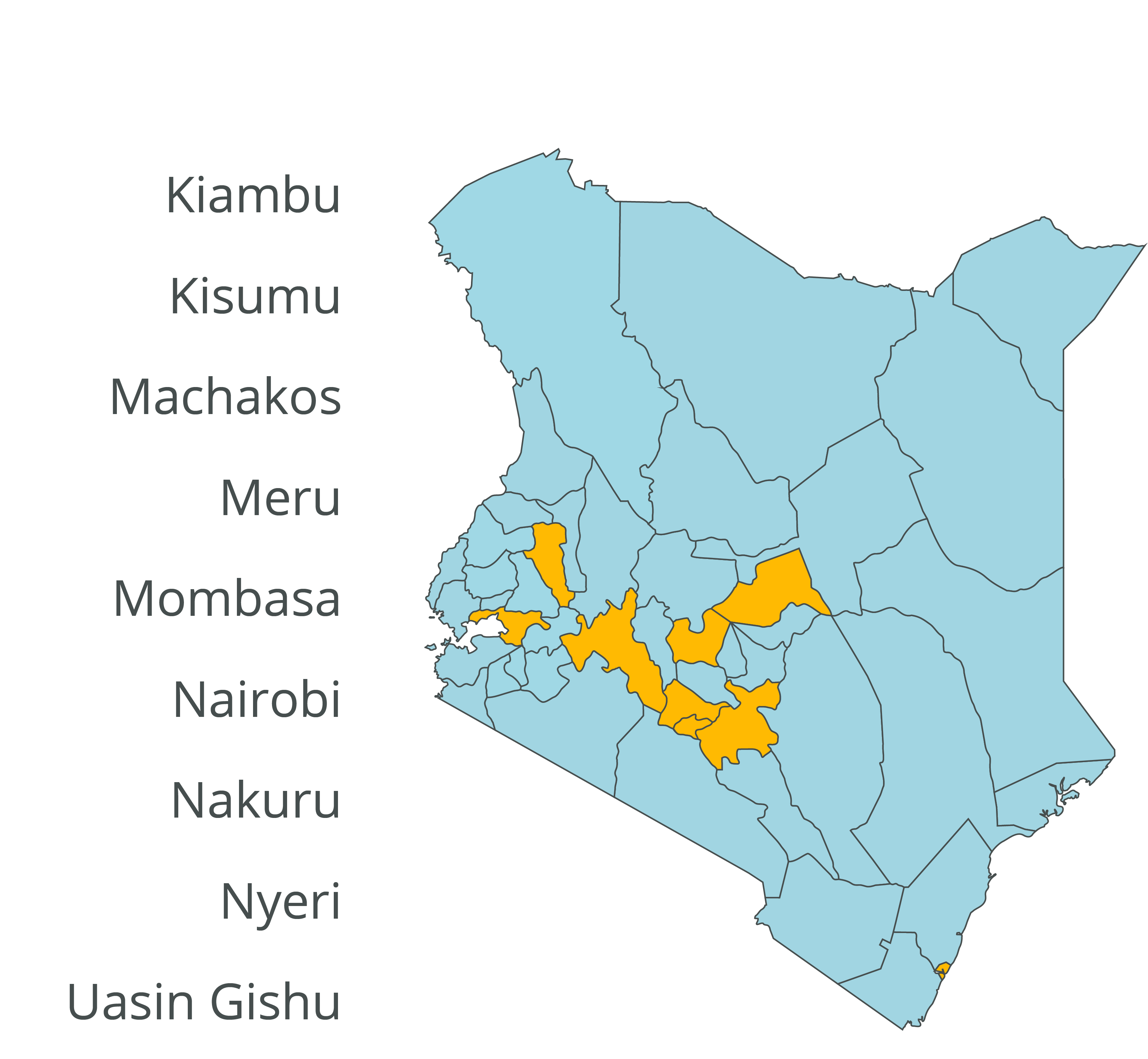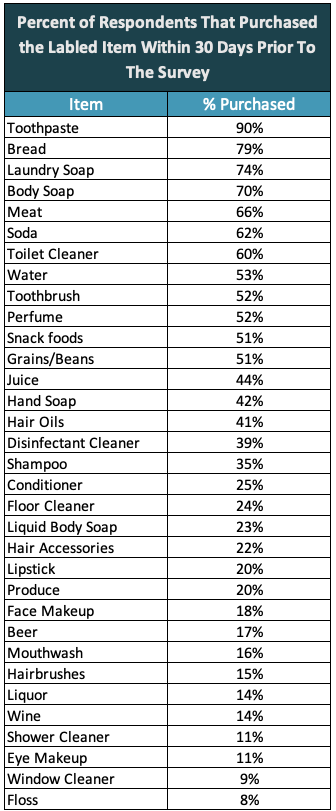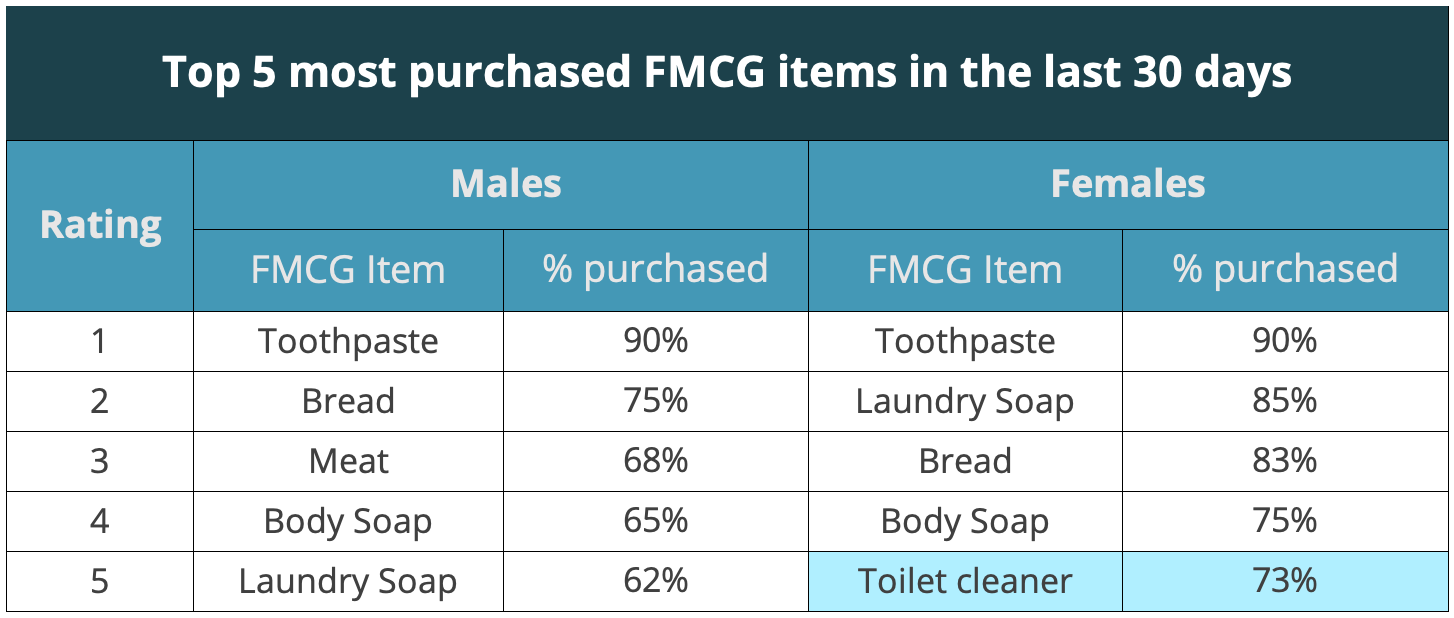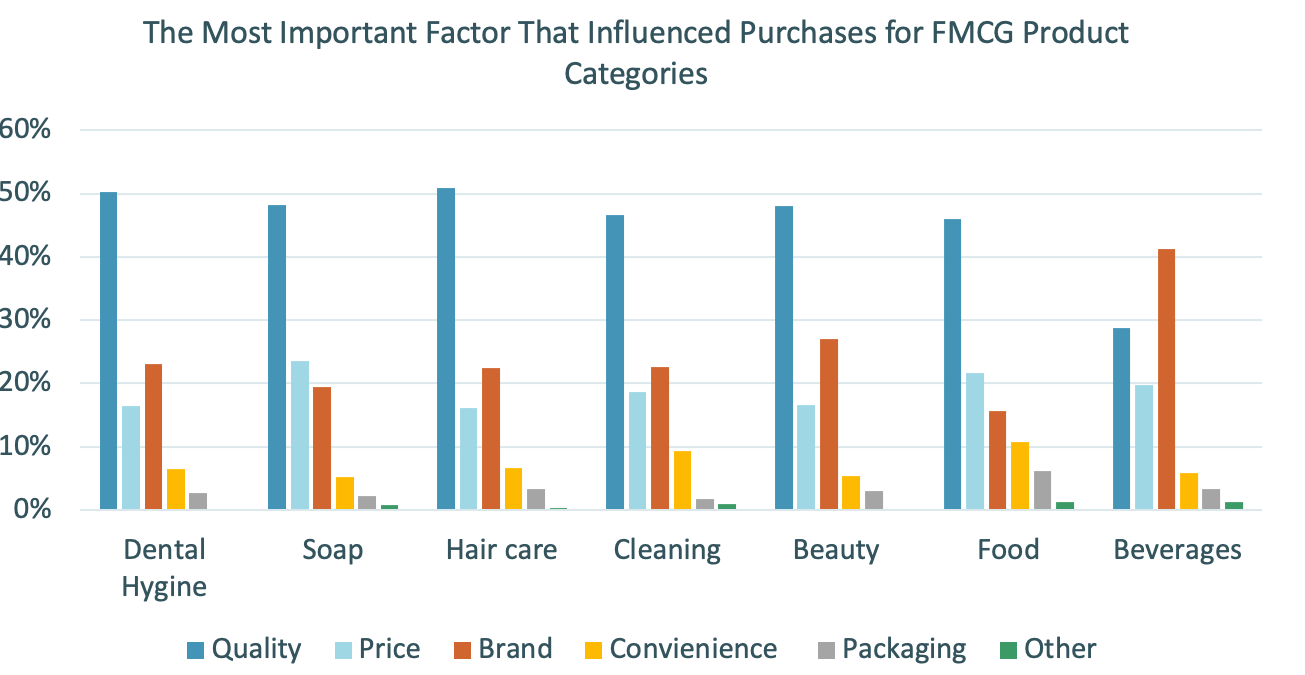In the past ten years, Africa as a continent has garnered attention from global economists and business analysts. Many have even dubbed Africa as the final frontier for expanding global businesses due to vast populations and increasing spending power of consumers in key economies. While there are many countries in Africa and multiple markets with promising potential, Kenya is currently the largest economy in East and Central Africa and urbanization in the country is rapidly occurring. These two factors sitting side-by-side show promise for the consumer goods industry because consumers with increasing spending power are concentrating in urban centers where distribution channels are the easiest to penetrate and maintain.
The promise seen in the consumer goods sector in Kenya has not gone unnoticed. GeoPoll has previously conducted research on the FMCG market in Kenya and so have other organizations; however, there is not much publicly available knowledge on the key drivers influencing purchasing decisions for Kenyans in the FMCG space. For this reason, GeoPoll set out to add more data to the conversation. This post will present our findings from a recent study on what FMCG products consumers are purchasing most often and what factors are guiding the related purchase decisions.

Figure 1
Methodology
This study ran from March 10th through March 16th of 2020 via mobile web. Respondents’ answers represent purchases from the 30 days prior to survey participation. It is important to keep this fact in mind because the results of this study reflect purchasing behavior before COVID-19 related stay-at-home guidelines were released by the Government of Kenya. As the COVID-19 outbreak continues to disrupt spending patterns, this data provides a valuable baseline for FMCG purchases in Kenya.
The 400 total respondents were equally distributed among key urban centers in Kenya that are displayed in Figure 1. Each of these highlighted areas were represented by 11% of the respondent base. There was an equal split between males and females, as well as even split between three age groups: 15-24, 25-34, 35+.

Kenyan’s FMCG purchases from the past 30 days
The questionnaire began by inquiring about which products respondents purchased within the past 30 days. Respondents indicated from a list of over 30 products what they had purchased.
Each item in the chart to the left shows the percentage of respondents that indicated purchasing the labeled item within the past 30 days. The top five most purchased items—toothpaste, bread, laundry soap, body soap, and meat—saw only minor change when analyzed by demographic. Toothpaste remained the number one most purchased item for all age groups and both gender groups. The remaining top 5 products saw slight variation in order of popularity across the same groups. The only change in the top 5 for age or gender was in the female demographic. The top 5 most purchased items for females included toilet cleaner rather than meat like the other demographic groups. The charts below outline the unique rankings for the top five products across all of the age groups and genders.


Key Influences of FMCG Purchases
In past studies on Kenyan consumer behavior, it has been found that consumers are price-aware and brand loyal, yet tend to justify paying higher prices in exchange for quality products. The data collected in this study generally reflects such findings.

Overall, quality was by far the most important aspect that influenced the respondent’s purchase decisions, followed by brand, and then price. For every category other than beverages, quality significantly outweighed brand or price by about 20%. These results clearly show that a very large portion of urban Kenyan consumers are quality-focused when purchasing FMCG products.
When the results are looked at beyond quality-focused results, it is apparent that there is a subset of brand-loyal consumers also in the space. Over 40% of respondents are driven by brand name more than any of the other purchasing considerations when making beverage purchases. The beverage category was the only FMCG category to receive this brand-focused response; however, brand was the second most important factor for dental hygiene, hair care, cleaning, and beauty products. It is hard to say exactly why this occurred without further research, but our findings do align with what has been found in other studies where Kenyans showed brand-loyal tendencies.
Price was also a notable consideration made by respondents. Specifically, food and soap were the most price-sensitive categories, yet 15% or more of the respondents in every category indicated that price was the most important factor that they considered when making purchases. This finding also aligns in-part with other findings that Kenyan consumers are price-aware, yet this study emphasizes that quality and brand name are generally more important to these consumers, at least for FMCG purchases.
All in all, consumer’s purchasing decisions are complex, built by a multitude of nuanced psychological associations between a product and its price, brand, quality, convenience, packaging, and more. In order to draw specific conclusions, we would need to know more about how quality, brand name, price, etc. are used to drive purchasing decisions. What the results from this study can tell us though is that Kenyan consumers are interested in quality, brand, and price of FMCG products, more than convenience, packaging, or other factors. This takeaway is a great first step in understanding what a company may need to do to prepare a product for success in the Kenyan FMCG market.
If your organization would like to dig deeper into this topic or others, GeoPoll can help. Contact us today to learn more about our capabilities and expertise.



